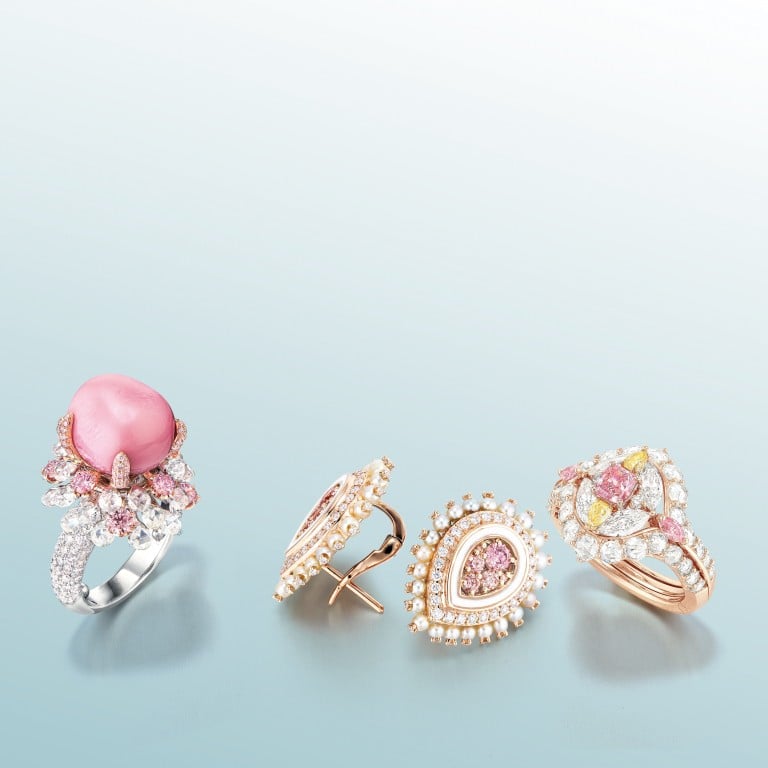Will Cartier and other luxury brands start using more lab-grown and synthetic gems in their jewellery?

Many gem-quality, lab-grown diamonds and coloured gemstones have a colour vibrancy comparable to their natural counterparts but often at a fraction of the cost
Have you ever eyed expensive-looking, quail-egg size gemstones in a jewellery store window only to be baffled by the low price tags? Chances are these pieces are mounted with gem-quality synthetic or laboratory-grown diamonds and coloured gemstones.

Many gem-quality, lab-grown diamonds and coloured gemstones have a colour vibrancy comparable to their natural counterparts but often at a fraction of the cost. But as experts say, despite the advances in synthetic gem-making technology, they are unlikely to be seen as the real deal in the eyes and minds of true gem lovers and collectors.
Natural diamonds and coloured gemstones are extracted from mines, cut, polished and faceted before they are set in jewellery. Depending on the quality of the gems, some are subject to various forms of enhancement which permanently change their appearance. For instance, heat treatment is used to improve the colour and clarity of some sapphires and rubies. Laser-drilling is used to remove some inclusions in diamonds. Also, many emeralds undergo oil treatment for fracture-filling.

Lab-grown coloured gemstones and diamonds, identical to their natural counterparts chemically and optically, refer to gems which are created through carefully controlled processes and conditions in labs to mimic the naturally occurring ones.
Over the years, many methods have been developed to produce synthetic gems. In the more sophisticated processes, all the chemicals and minerals present in nature are meticulously introduced into an environment at the right temperature and pressure levels to induce the “growth” of the synthetic gemstone crystals.

Most lab-grown gemstones are the artificial replicates of the big three coloured gemstones – ruby, sapphire and emerald. Some controlled processes are able to produce the most prized colours. For instance, most synthetic Colombian emeralds are made with the hydrothermal laboratory process, which is time-consuming, costly and similar to the process that produces naturally-found emeralds.
The process also convincingly replicates the fissures (sometimes affectionately referred to as jardin in French, or garden in English) in synthetic Colombian emeralds. Many lab-grown rubies, some in the coveted pigeon’s blood hue, are made with the same hydrothermal process.
